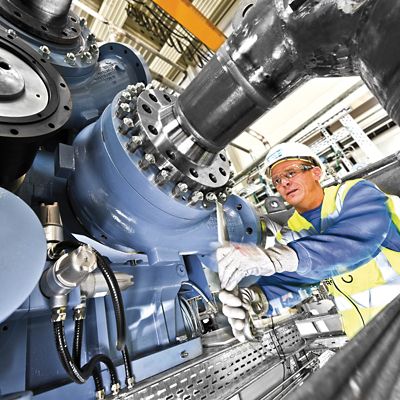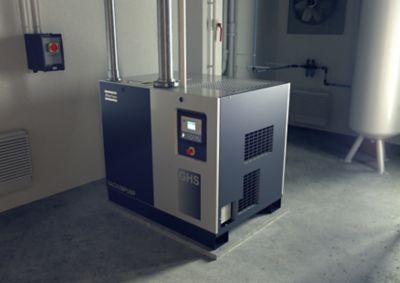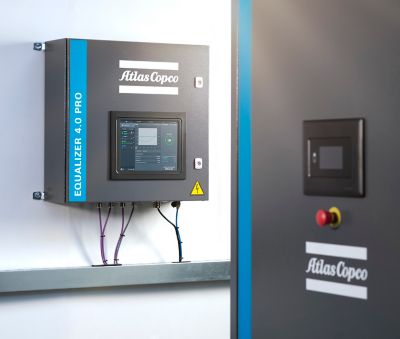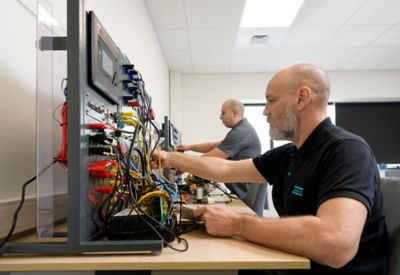Why choose Atlas Copco as a service partner?
As a true service partner we understand your need for reliable and efficient quality air solutions. It is our ambition to maximize the availability of your equipment at minimum total operating cost, making adequate use of resources.
Air compressor service and parts
Genuine air compressor parts & accessories
As OEM manufacturer, we understand that compressor parts experience wear and tear over time and require replacement at specific intervals. Whether it’s oil-free, piston, or screw compressor components, we have precise knowledge of which parts are necessary and when they should be replaced. We offer these essential parts conveniently in a single package or service kit, saving you both time and valuable resources.
Read more on air compressor service
Looking for tips and best practices from industry experts? Our blogs have all the info you need.
Our customers' favourites
Have a look at the most popular products and services chosen by our customers.
Partnering with you
Whatever the level of service you choose, we will always offer you our expertise, privileged firsthand product knowledge and global and local field experience whenever and wherever you need it. Let our consultants advise you on the best solutions according to your priorities, operating parameters and production schedule.













